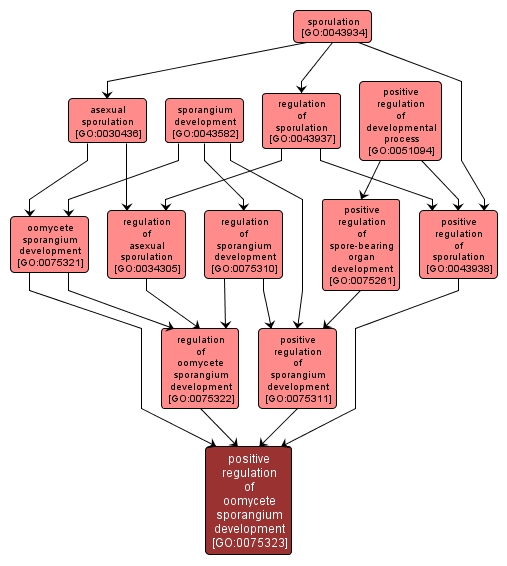| Desc: |
Any process that activates, maintains or increases the frequency, rate or extent of oomycete sporangium development, a process that leads to the formation of oomycete sporangium, a single-celled or many-celled structure that germinates directly to form an infection hypha or differentiate, through specialized cleavage vesicles, into between 10 and 30 zoospores, which is laterally flagellated. |














